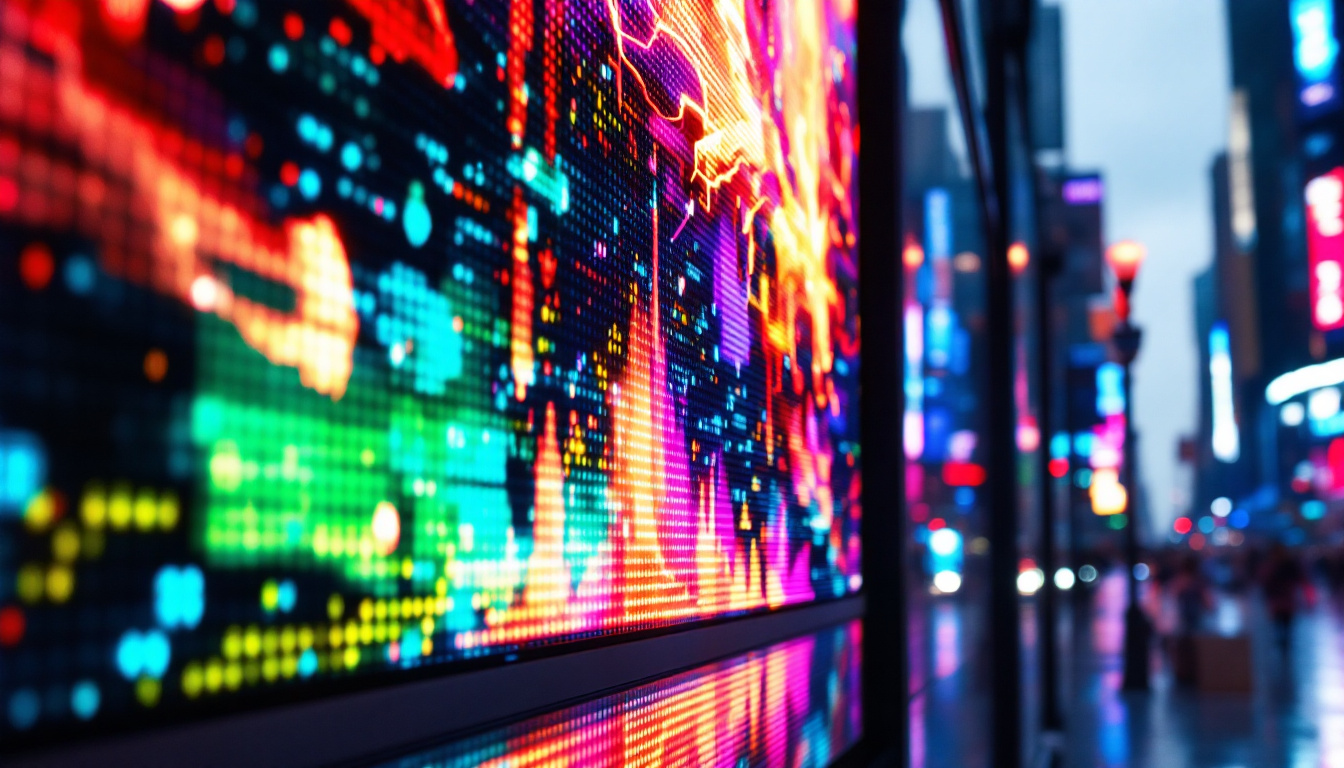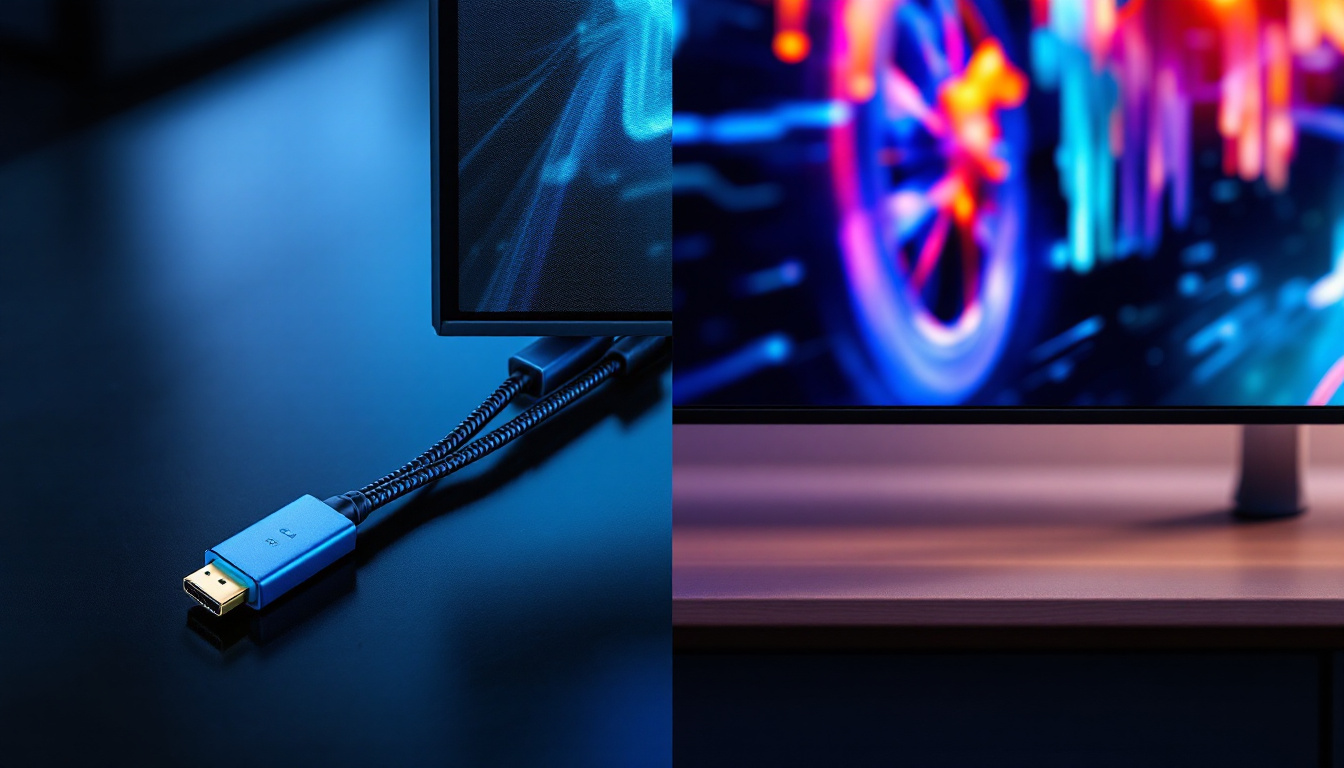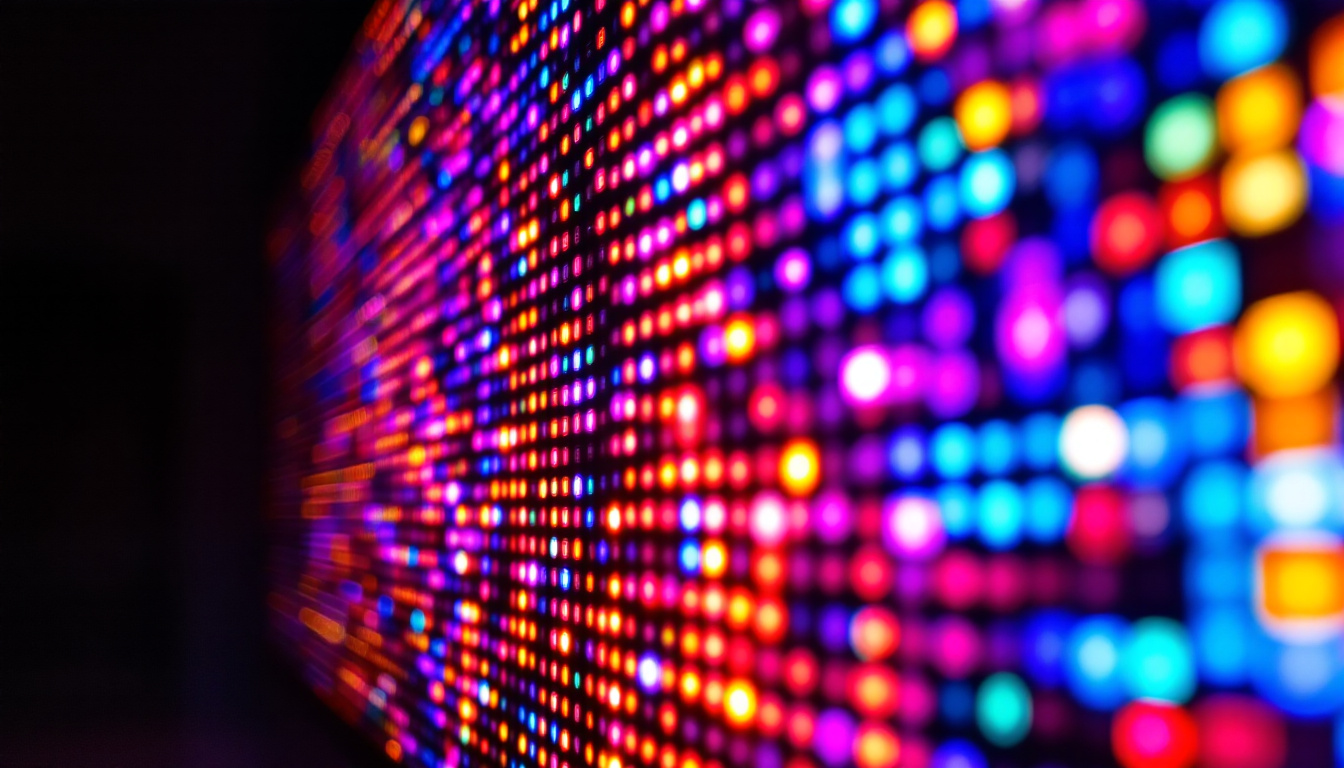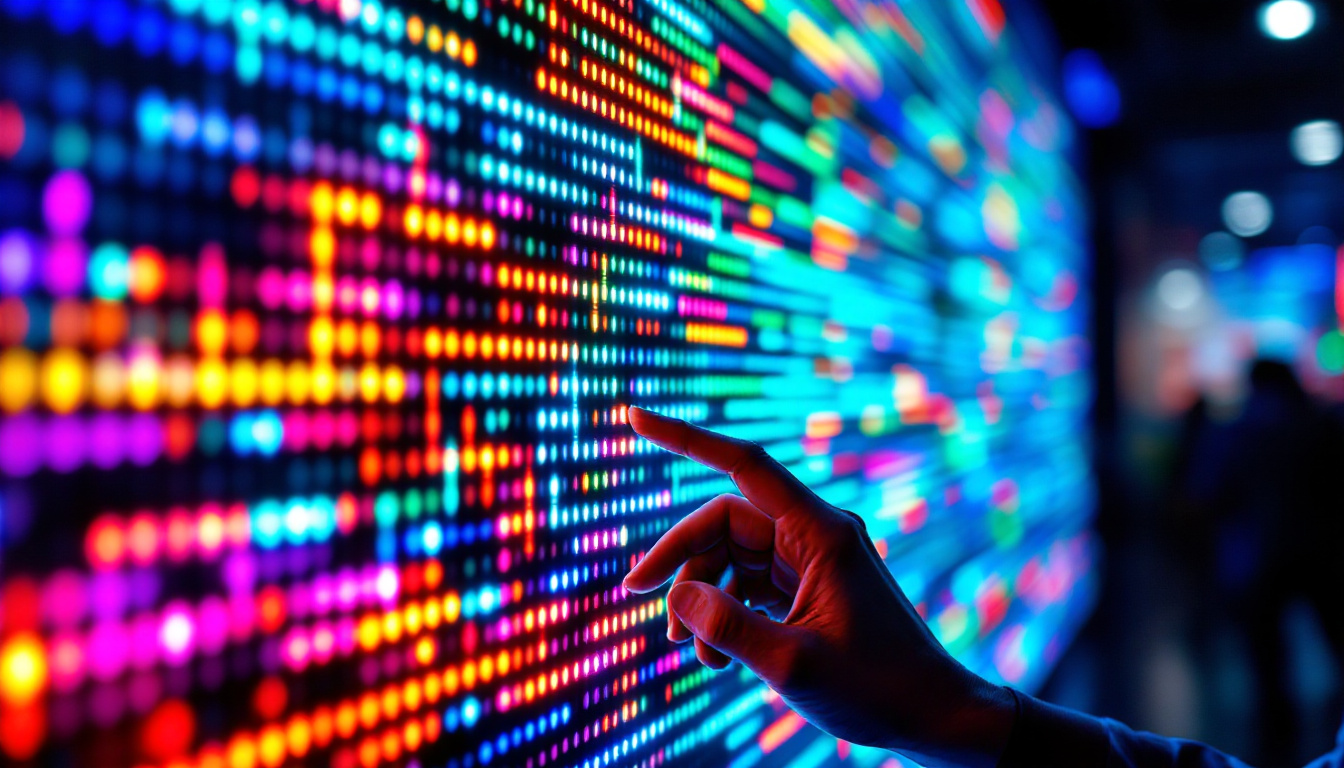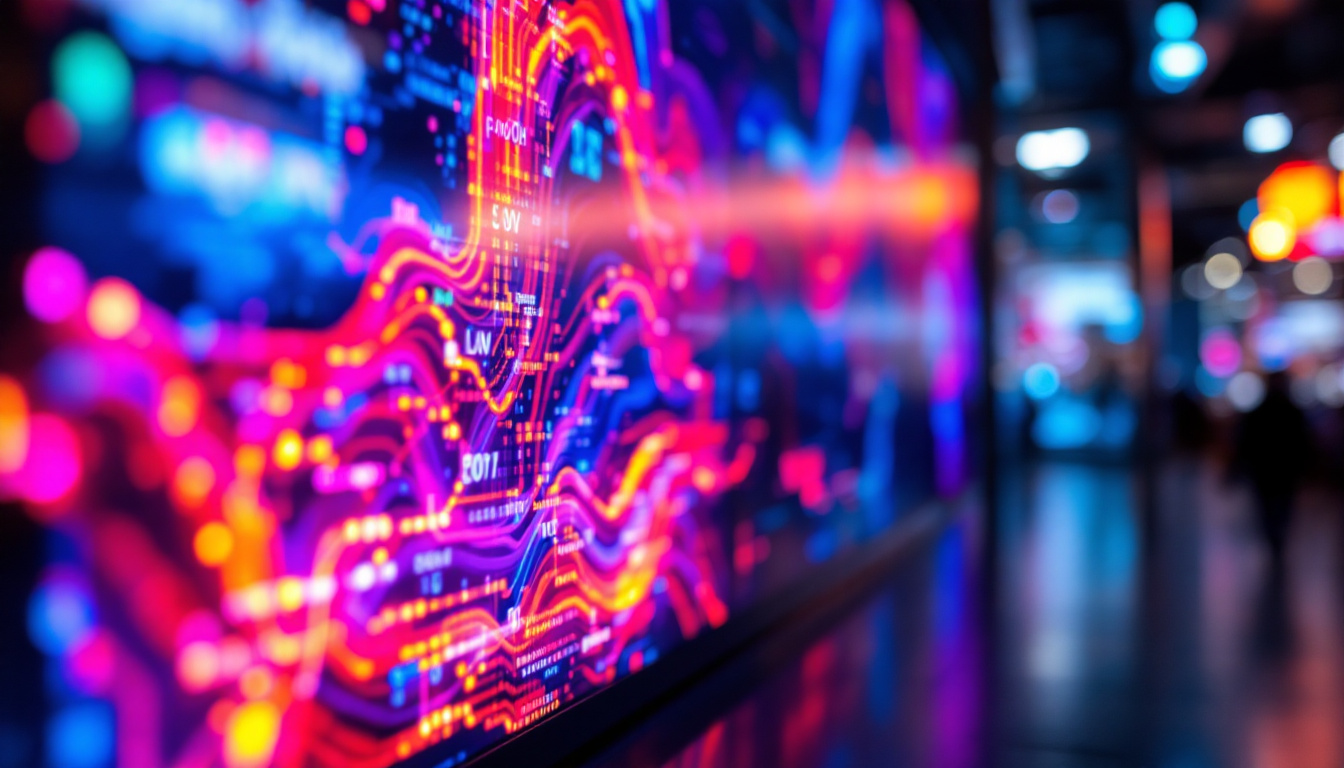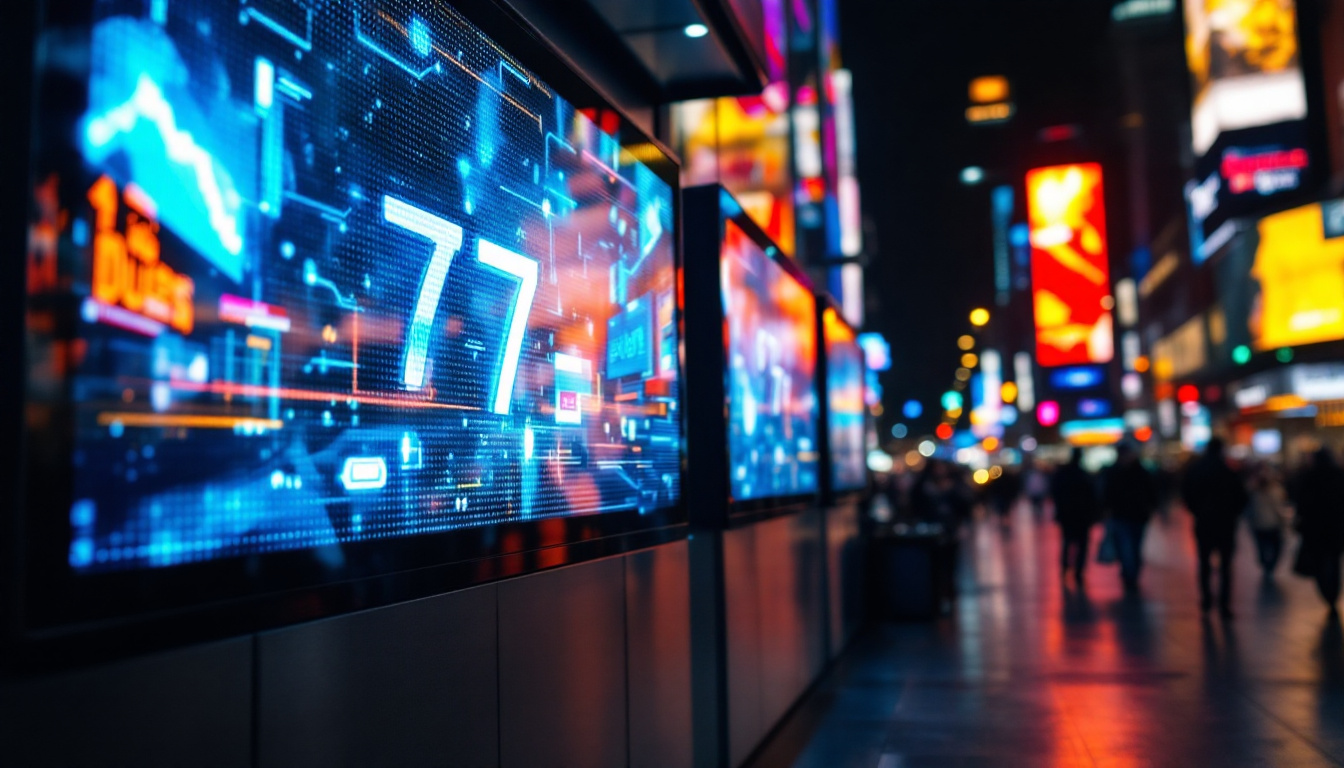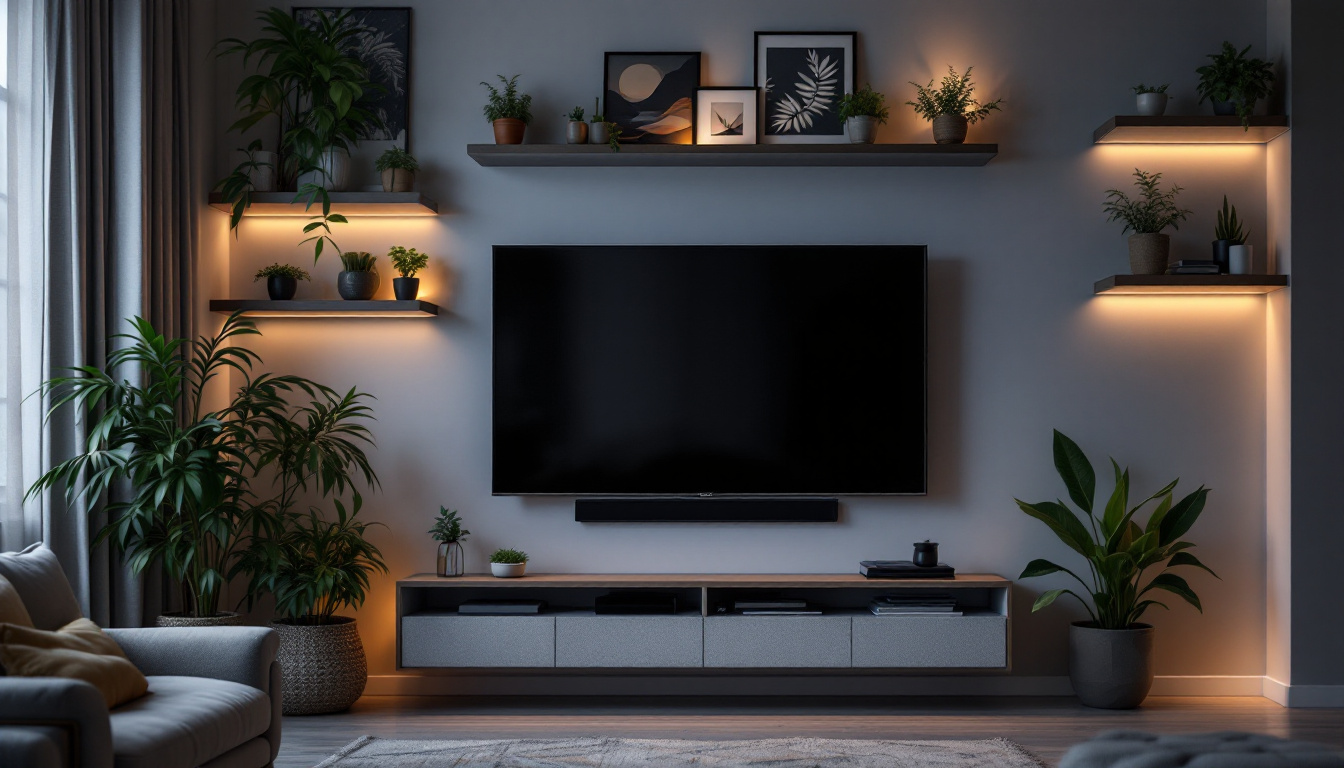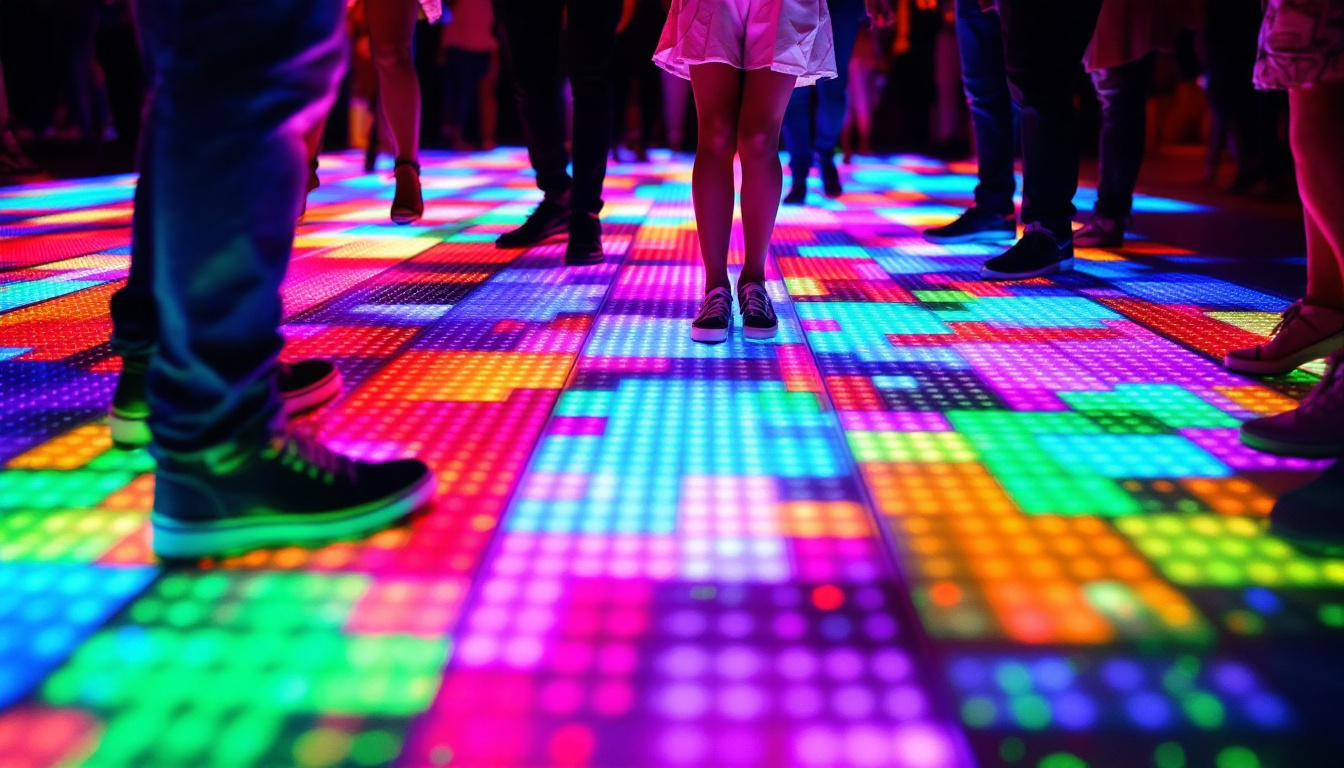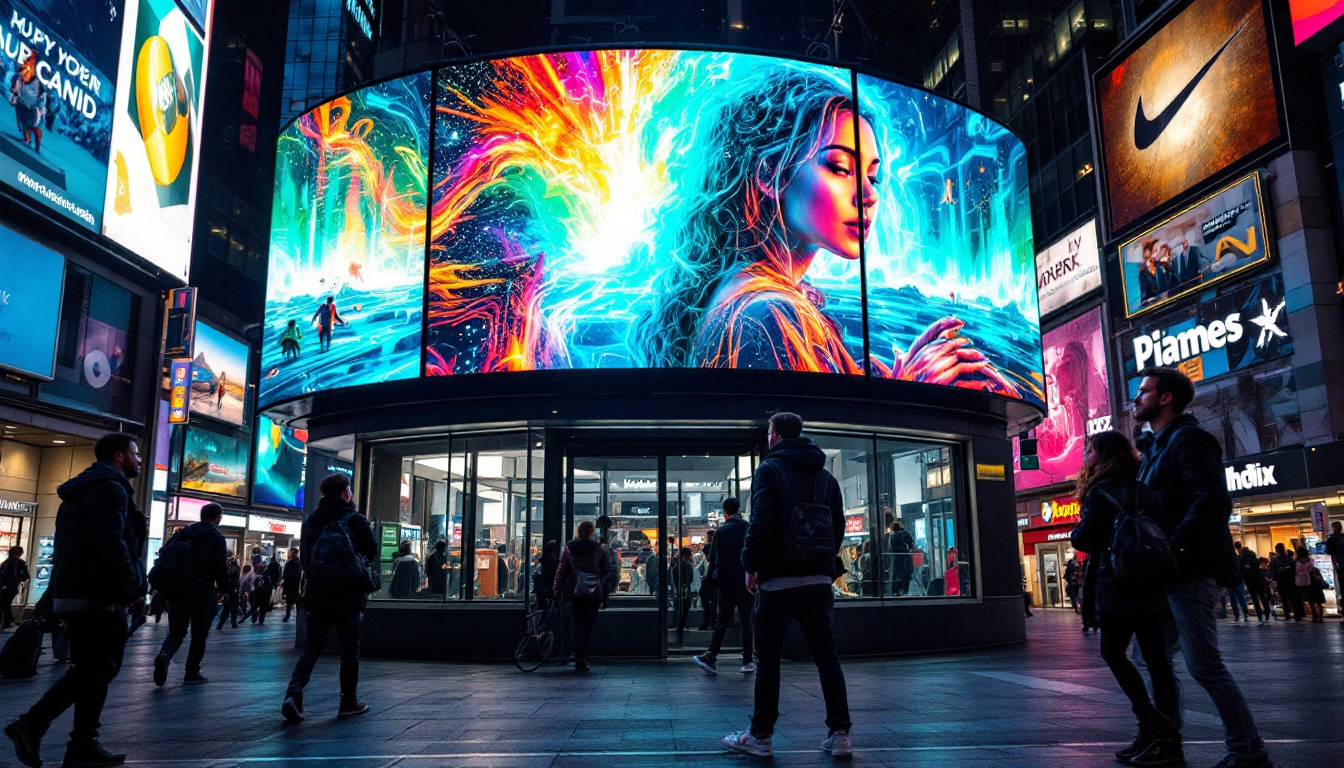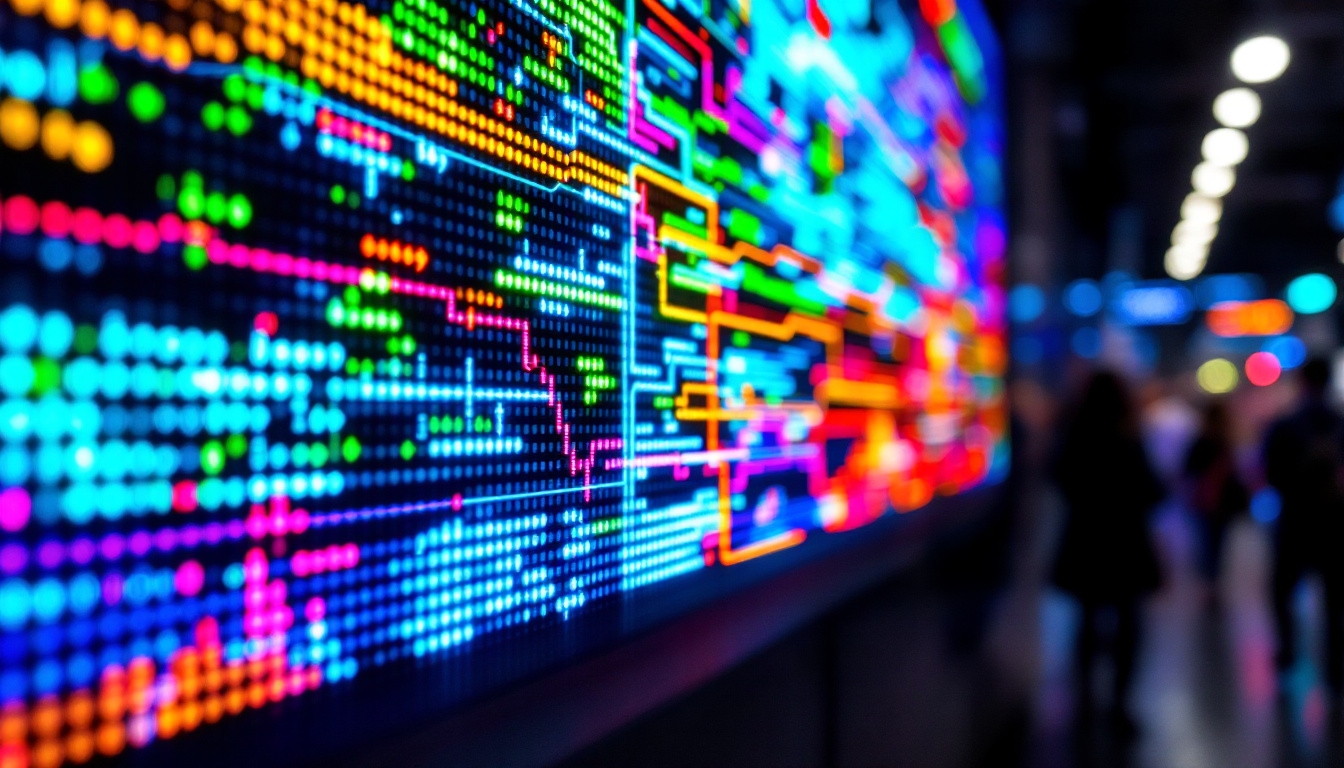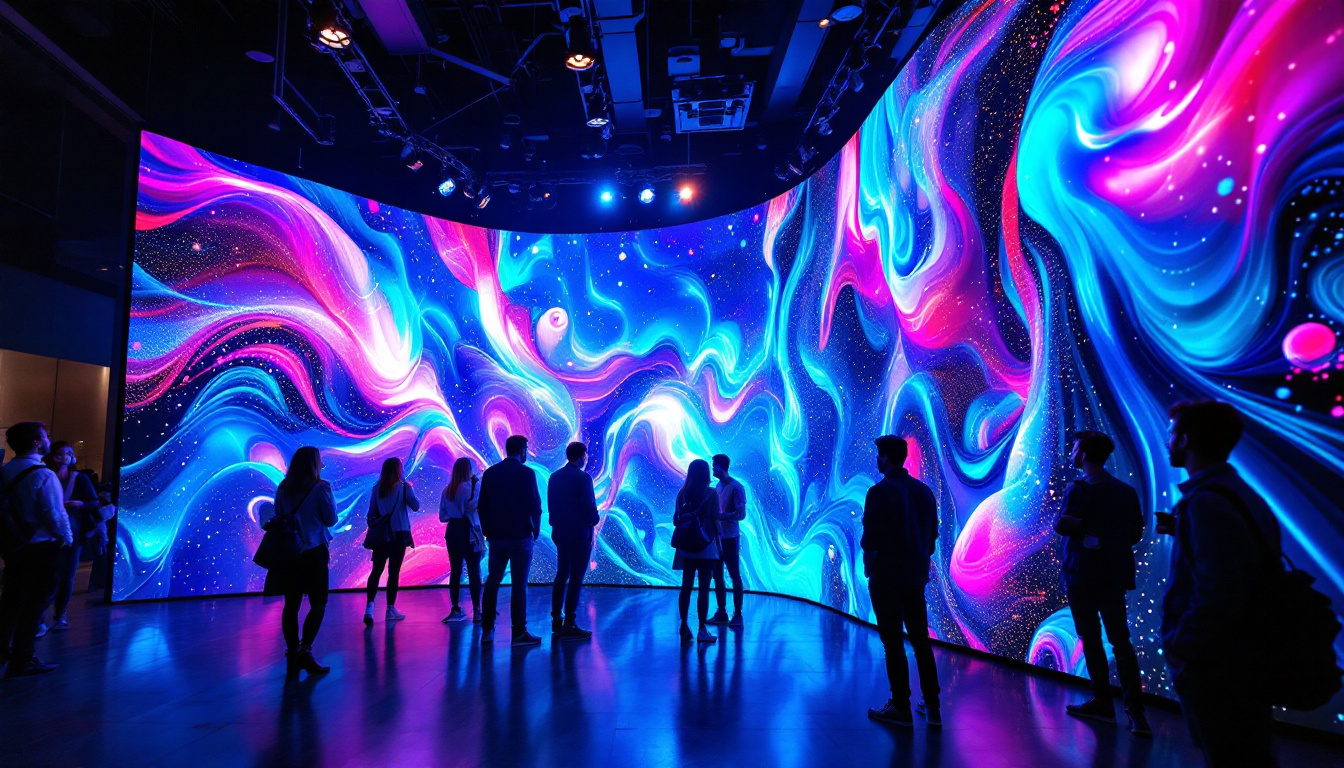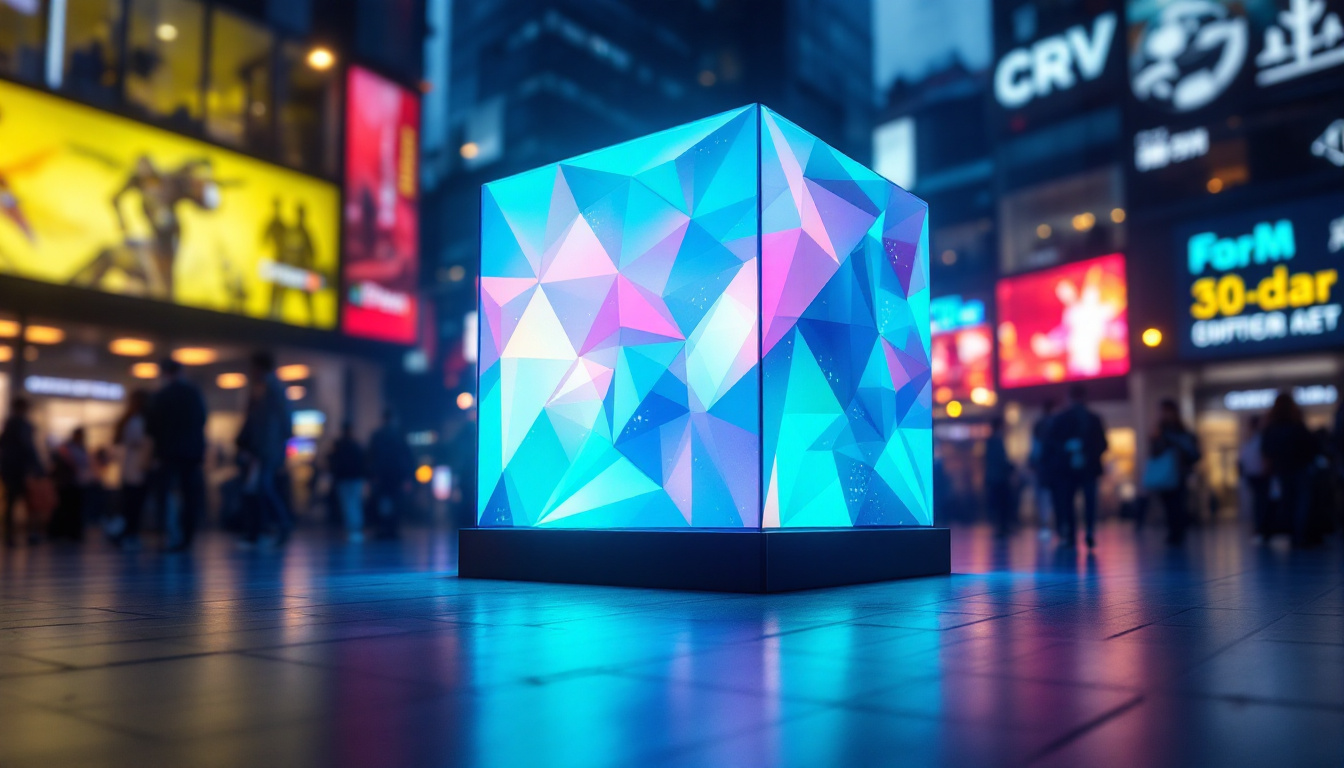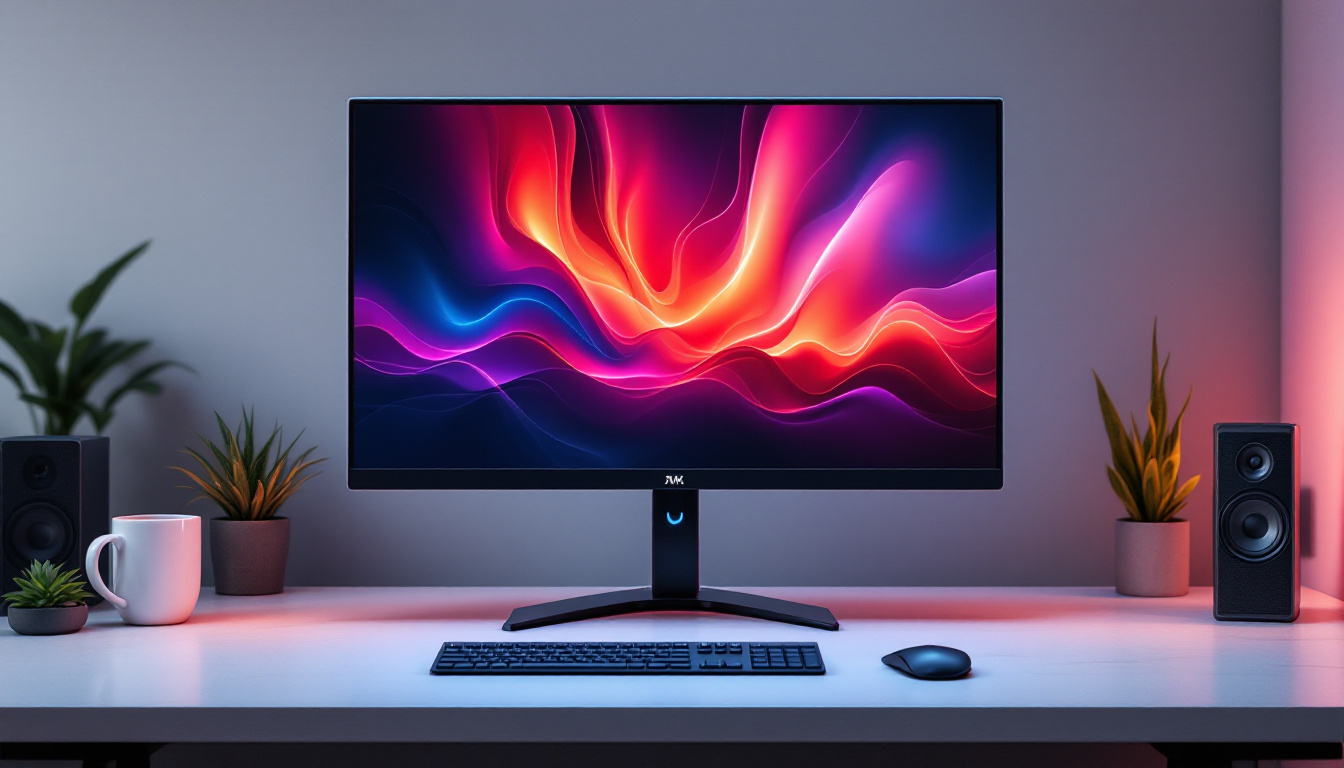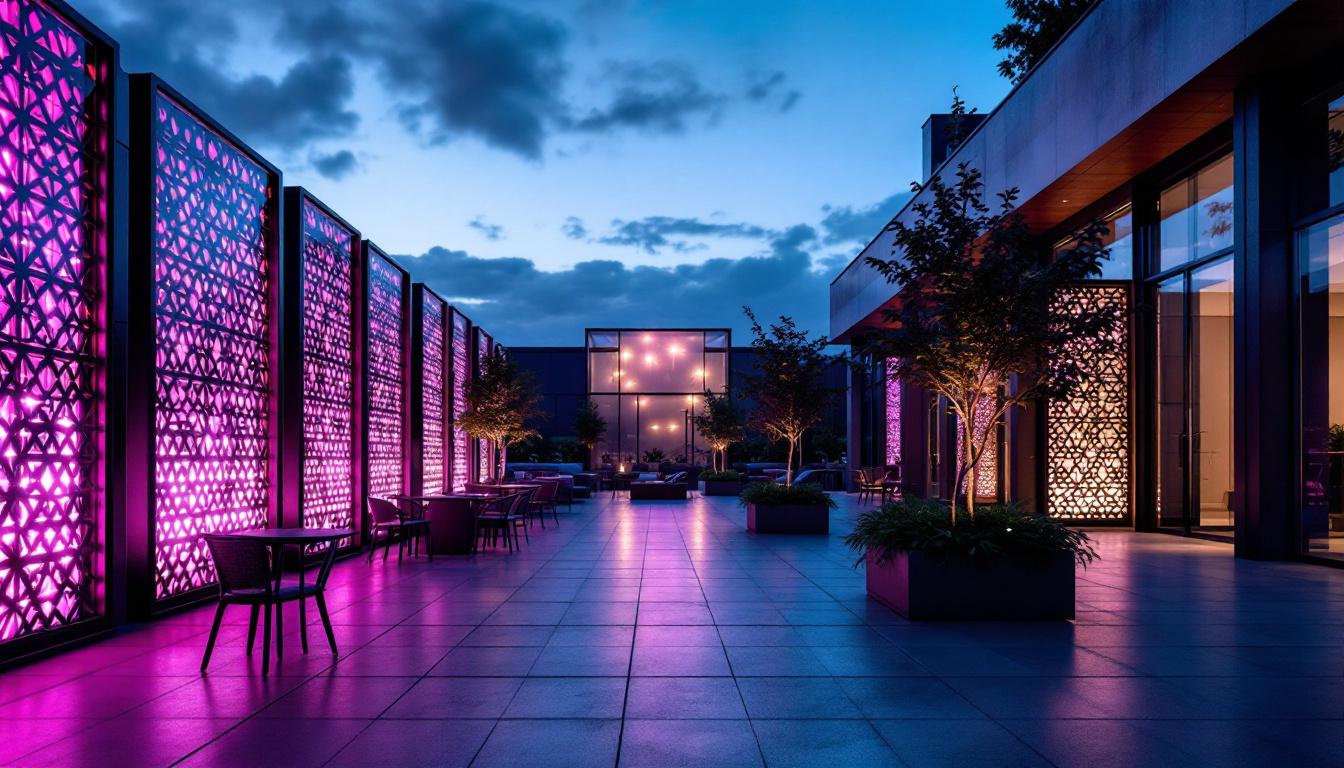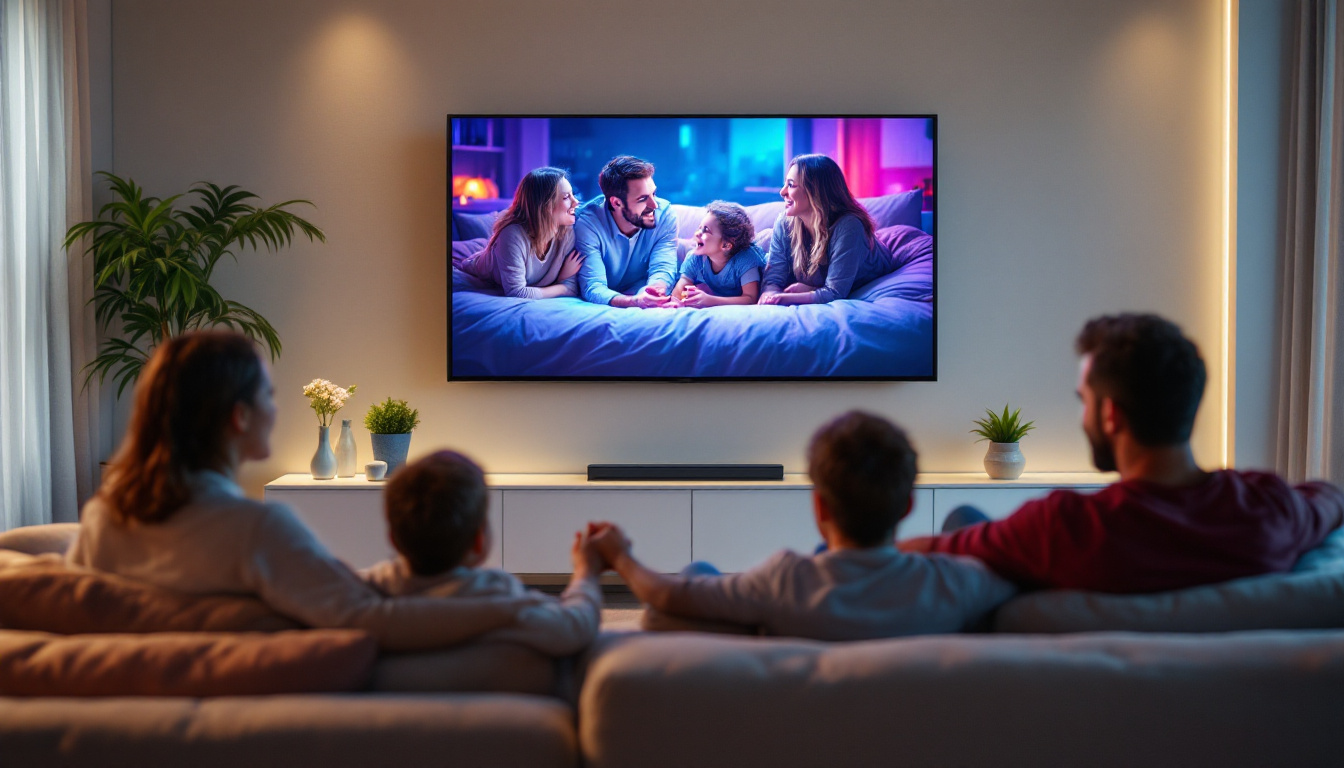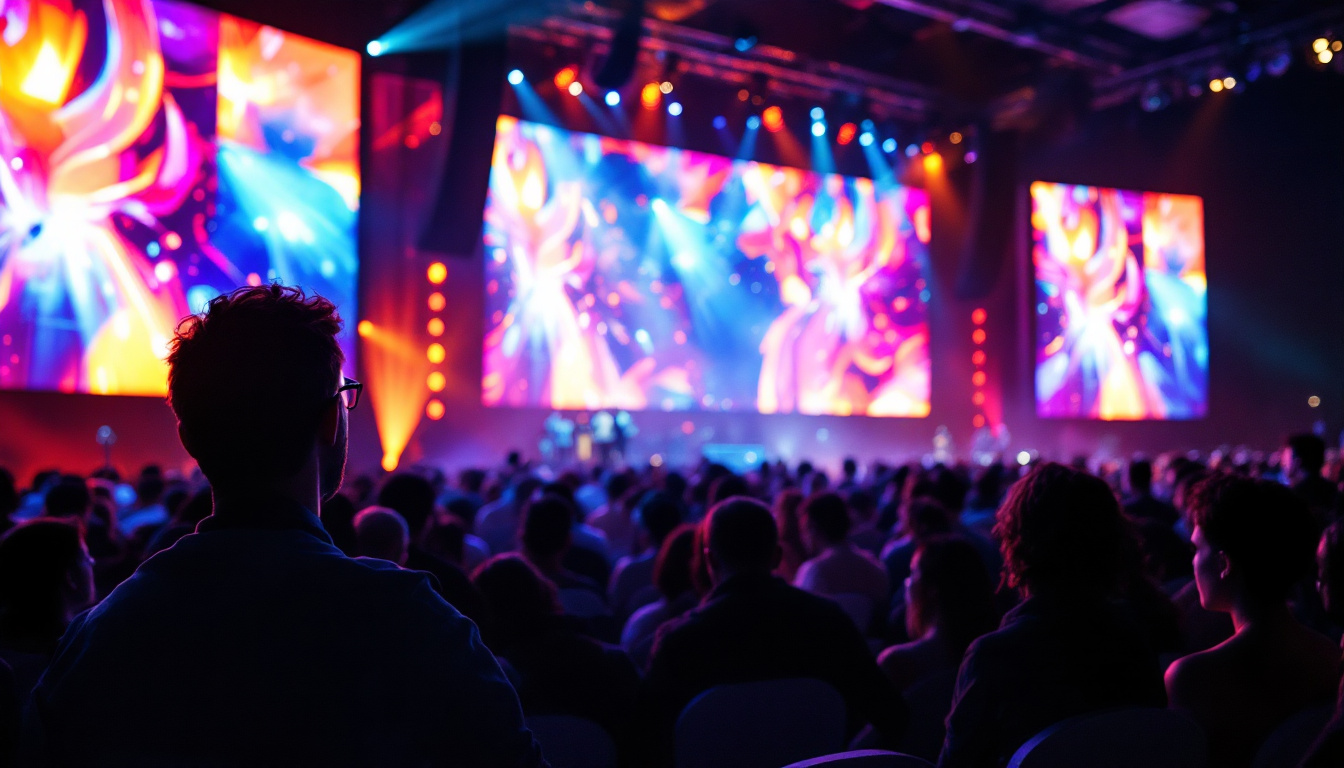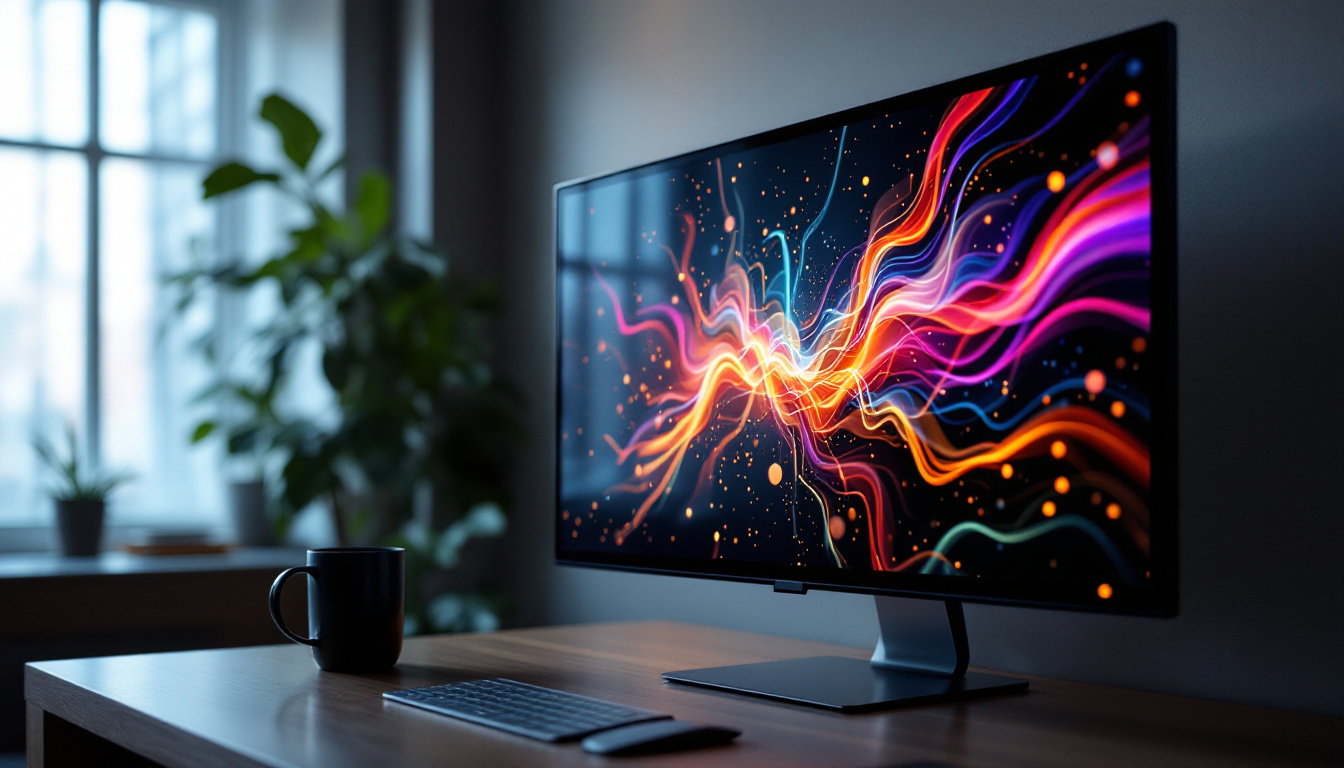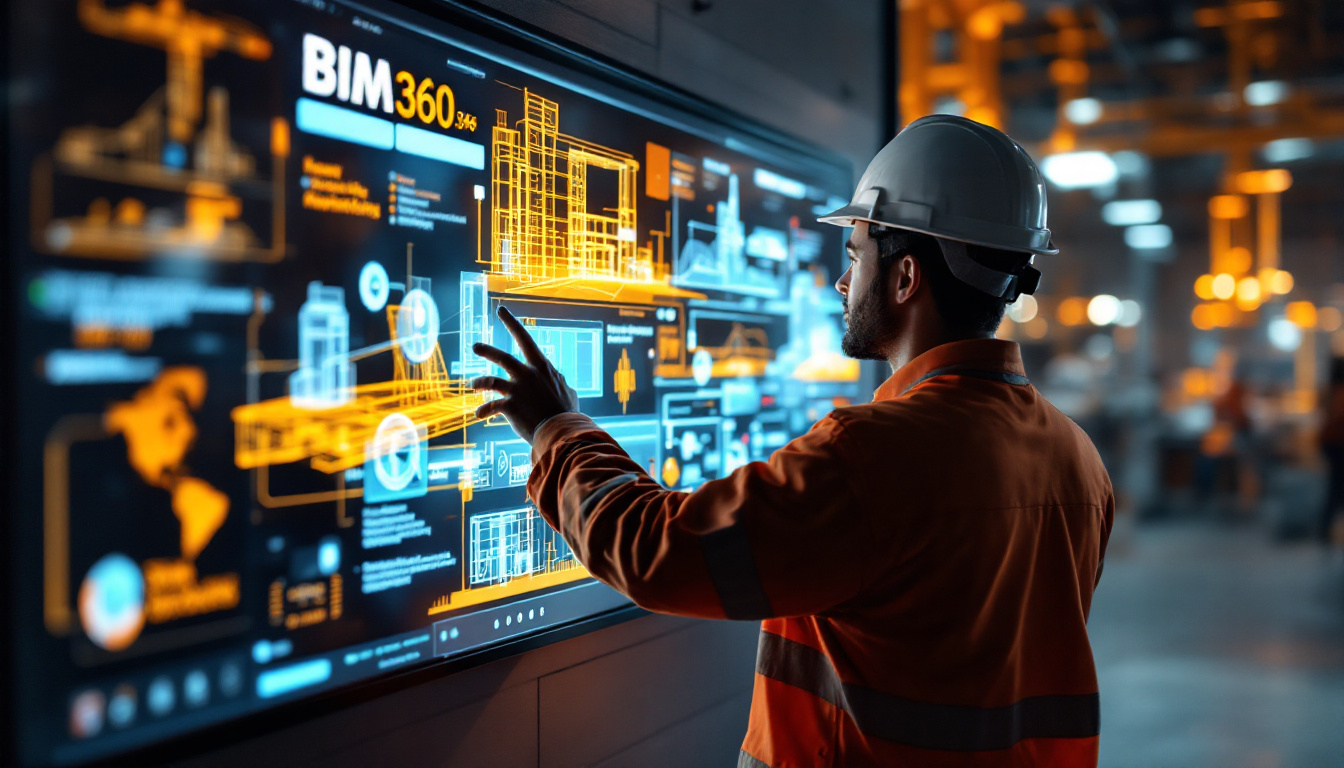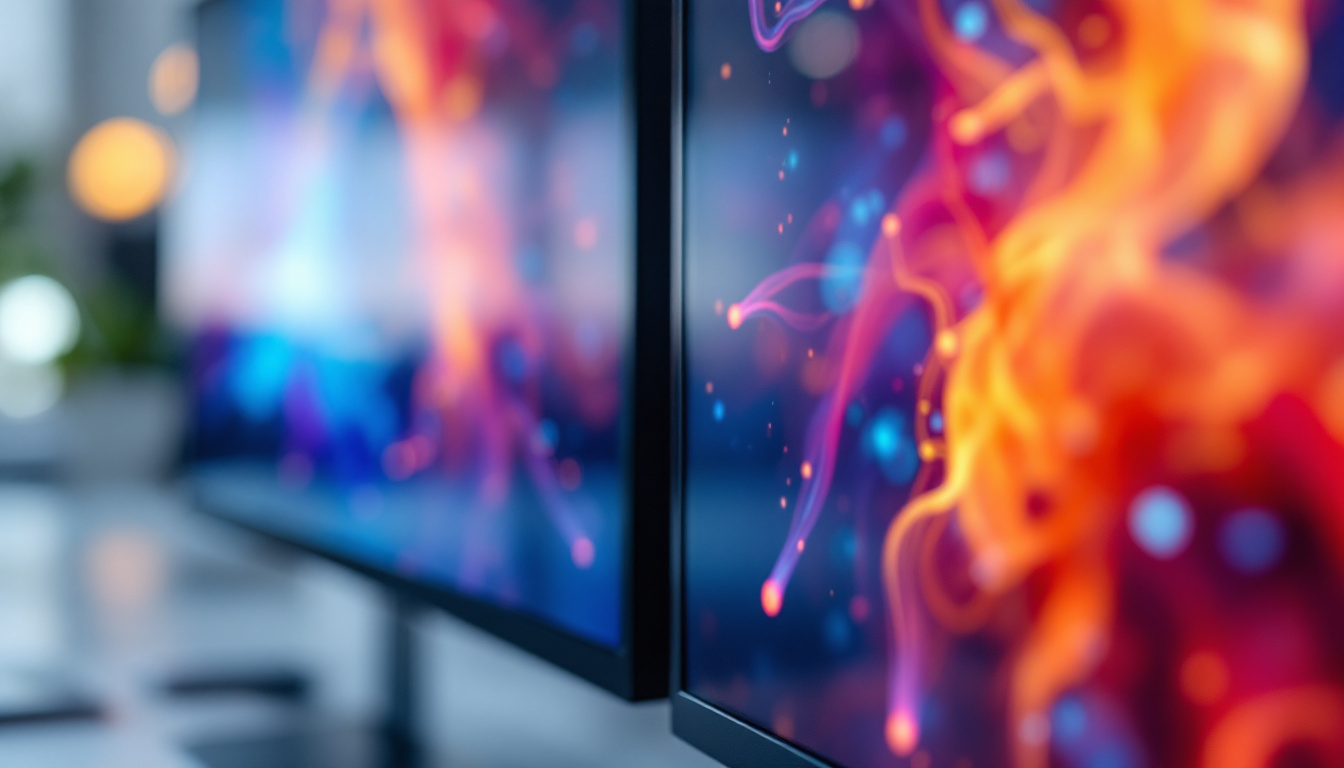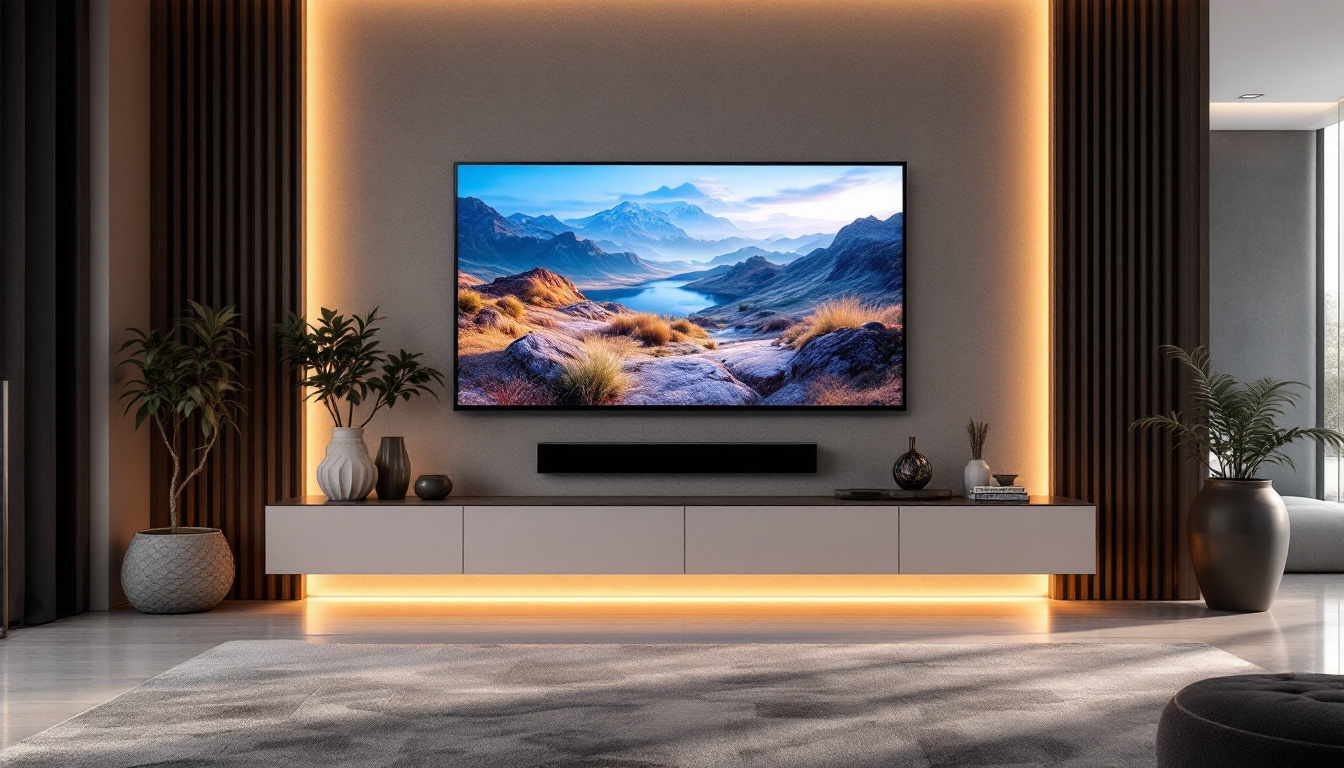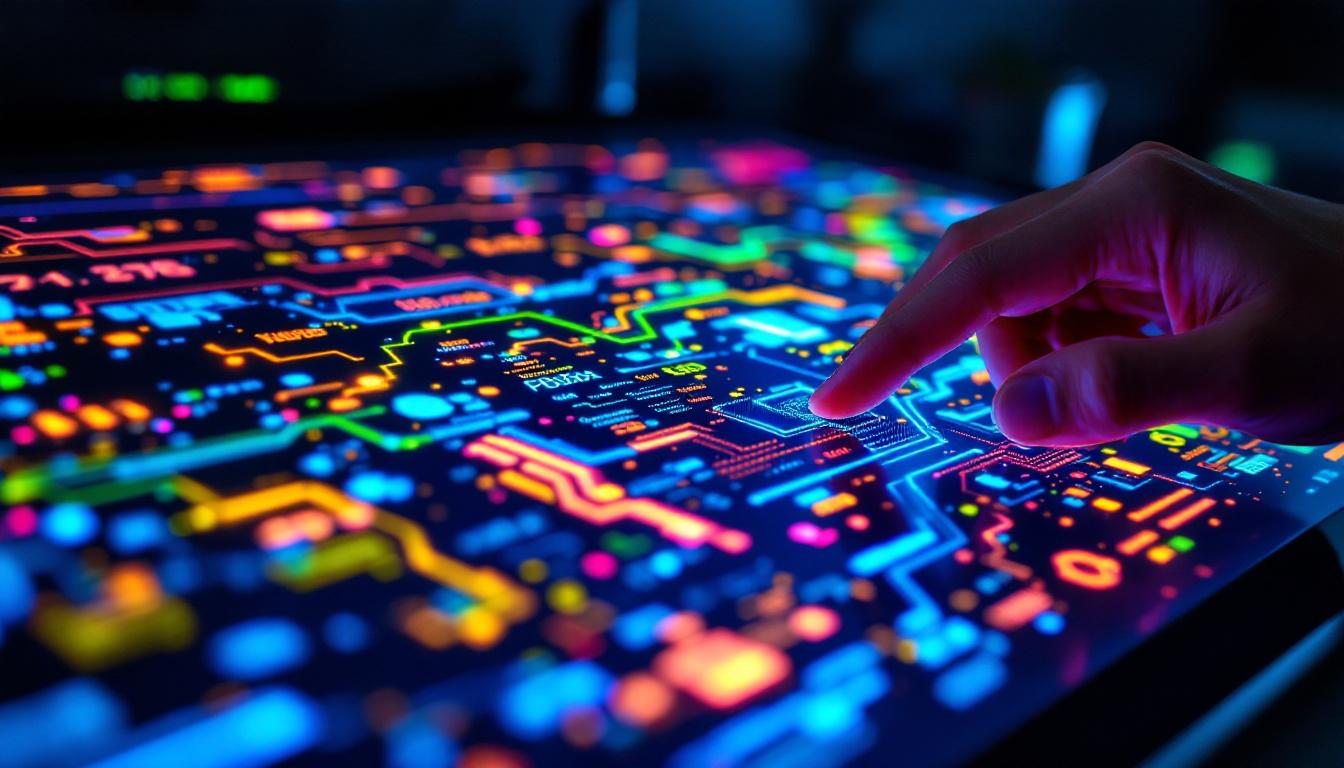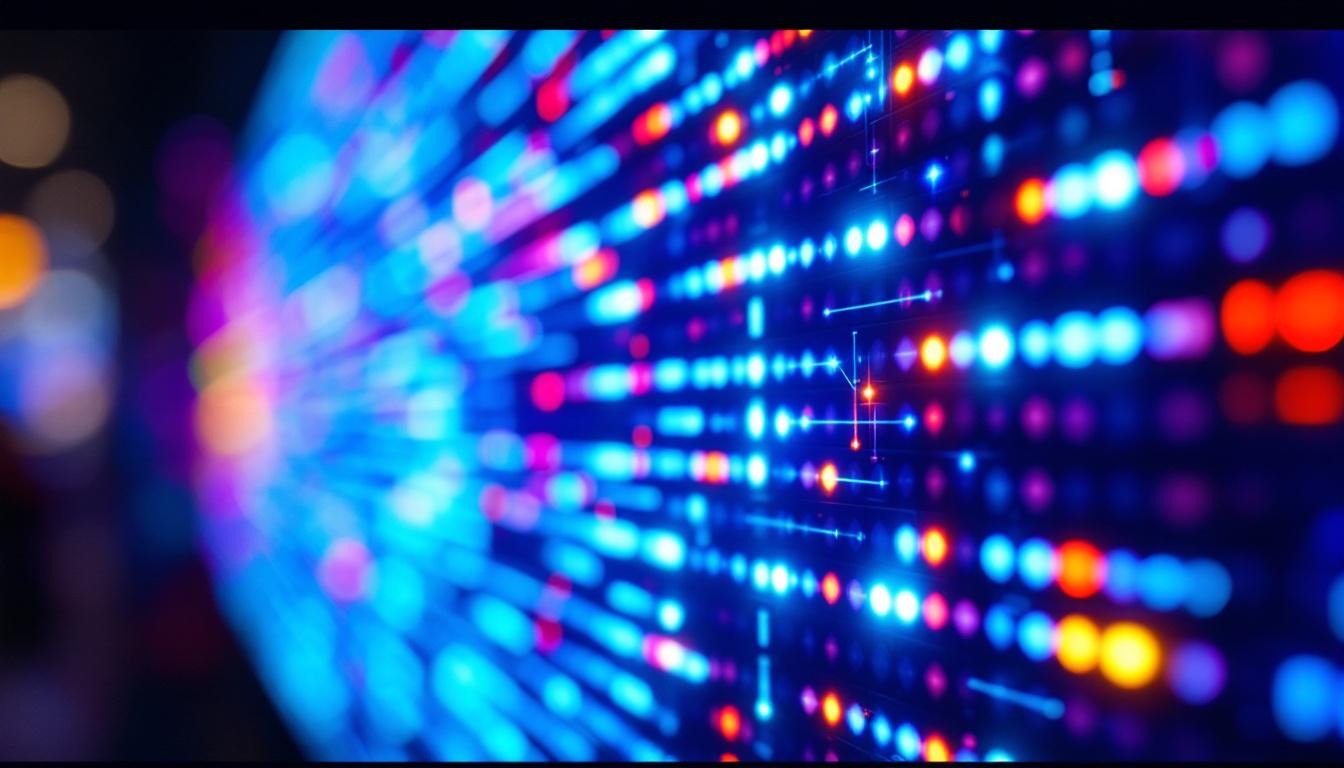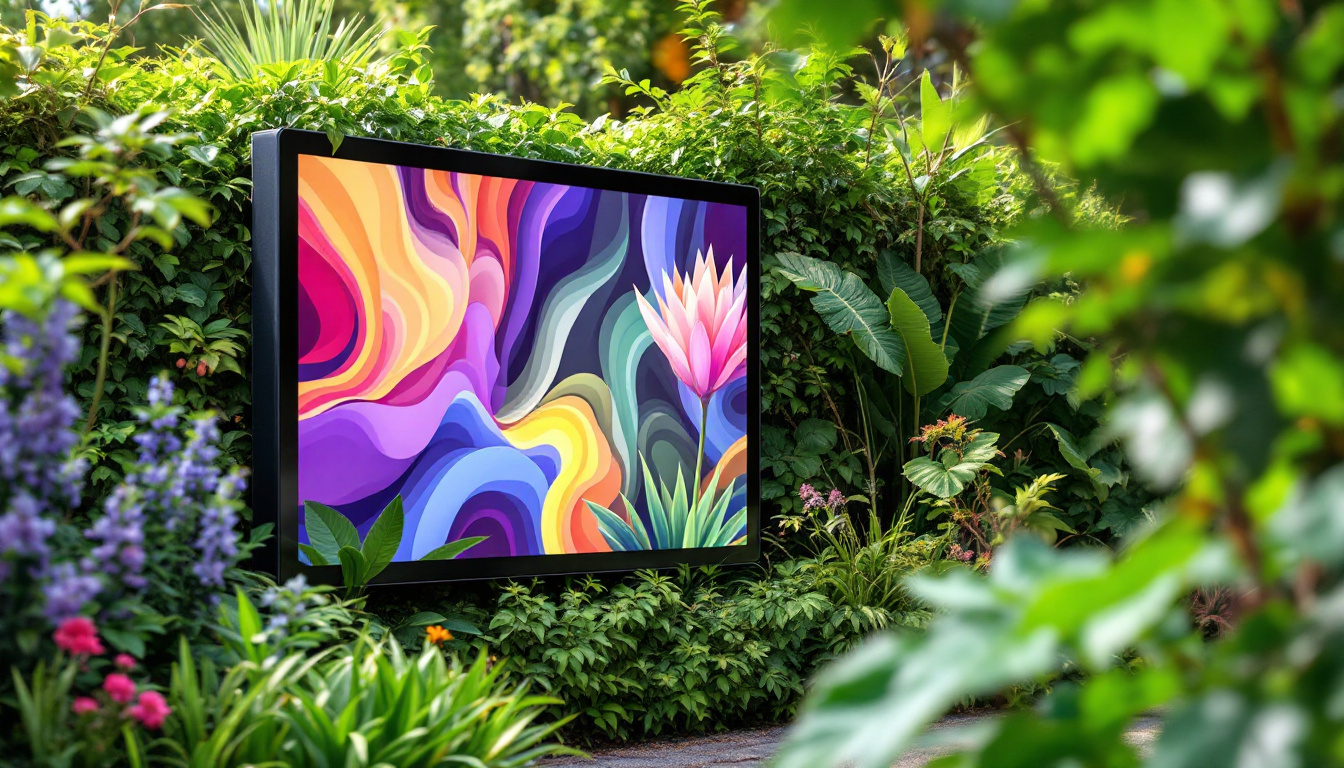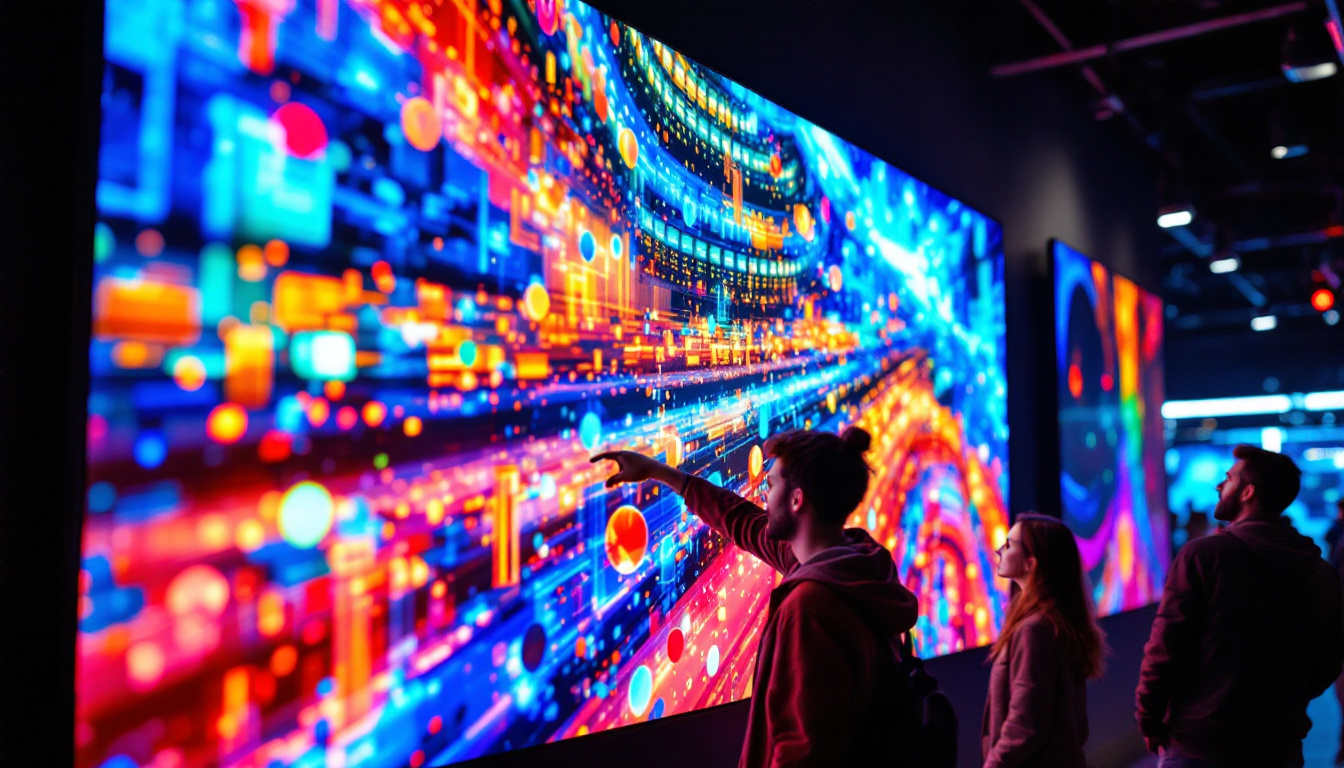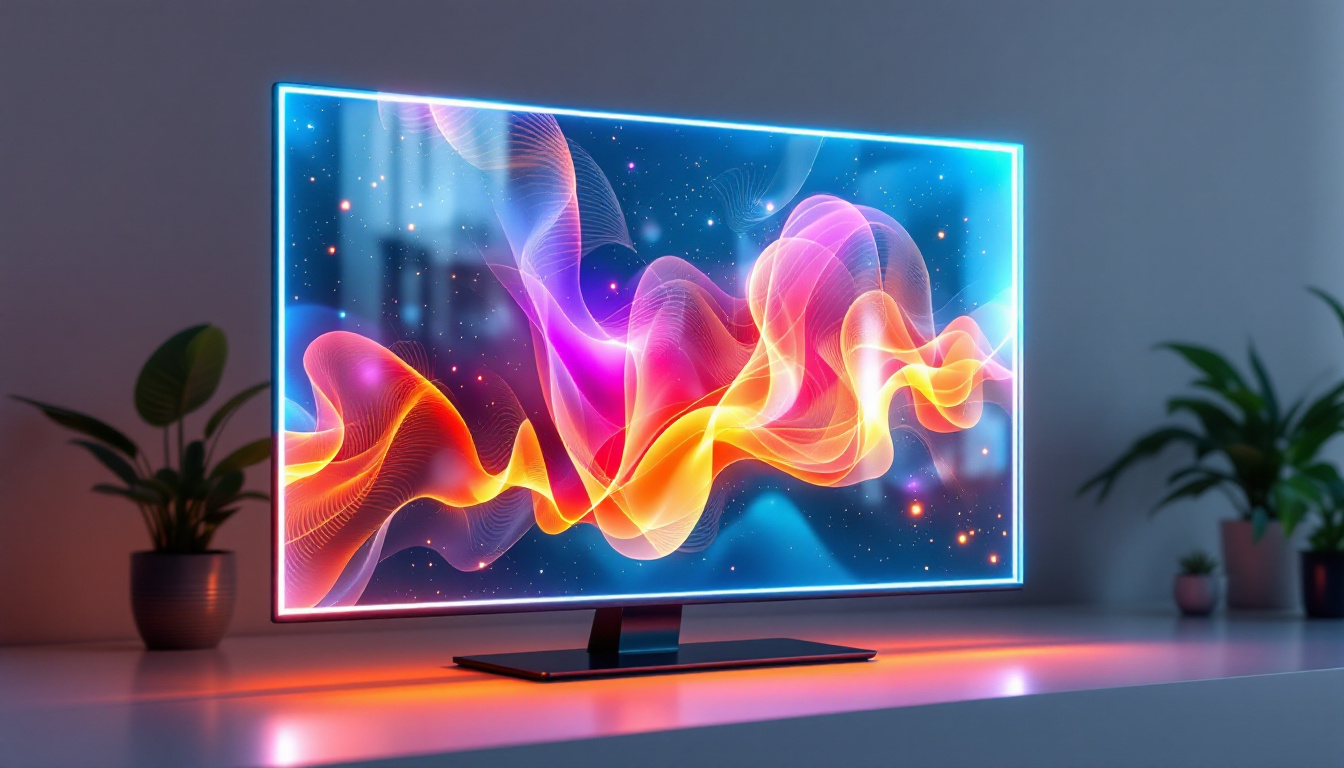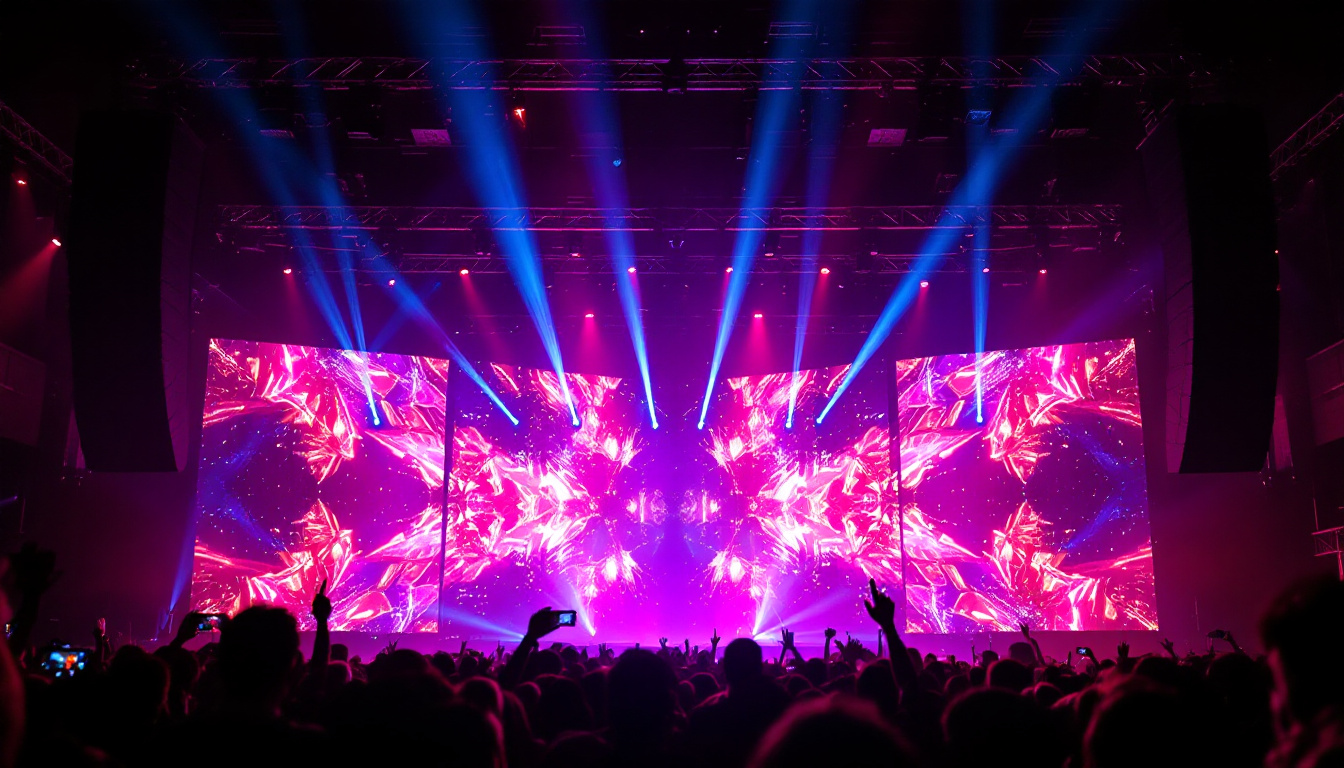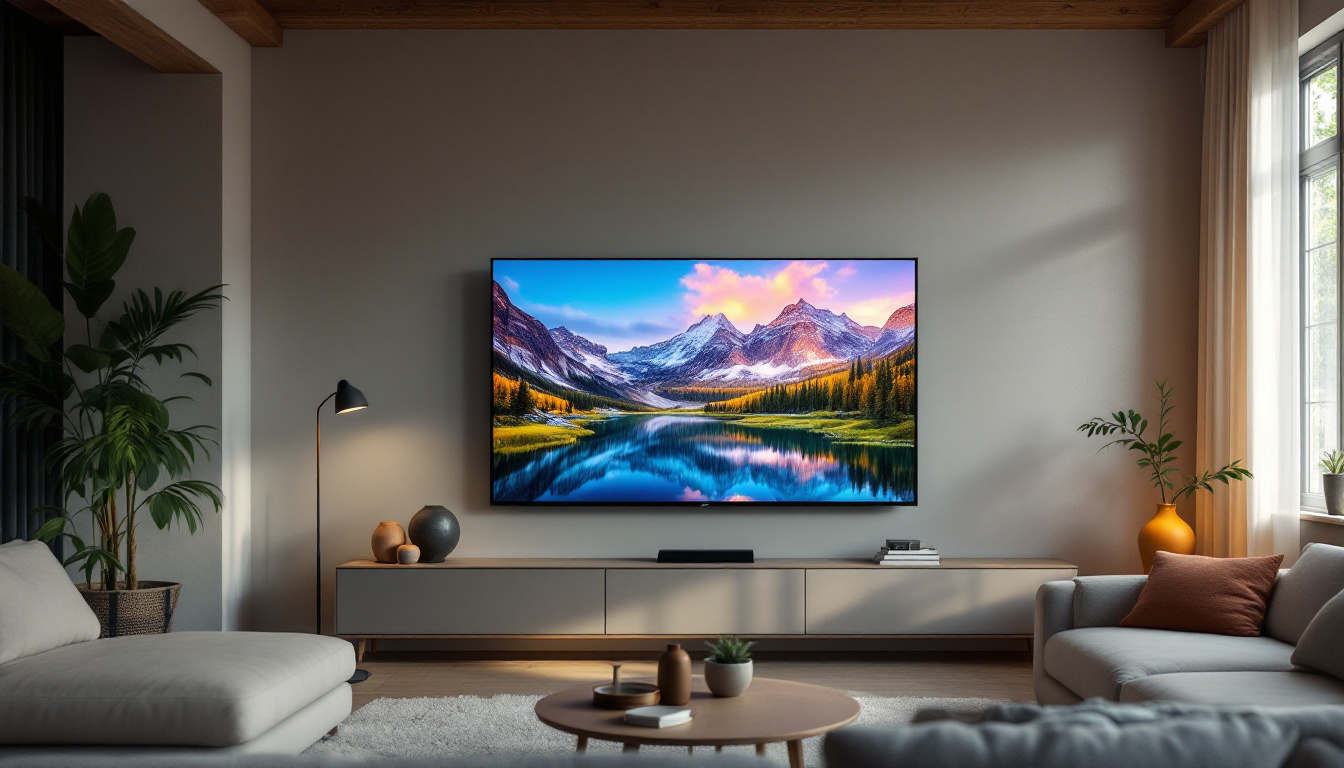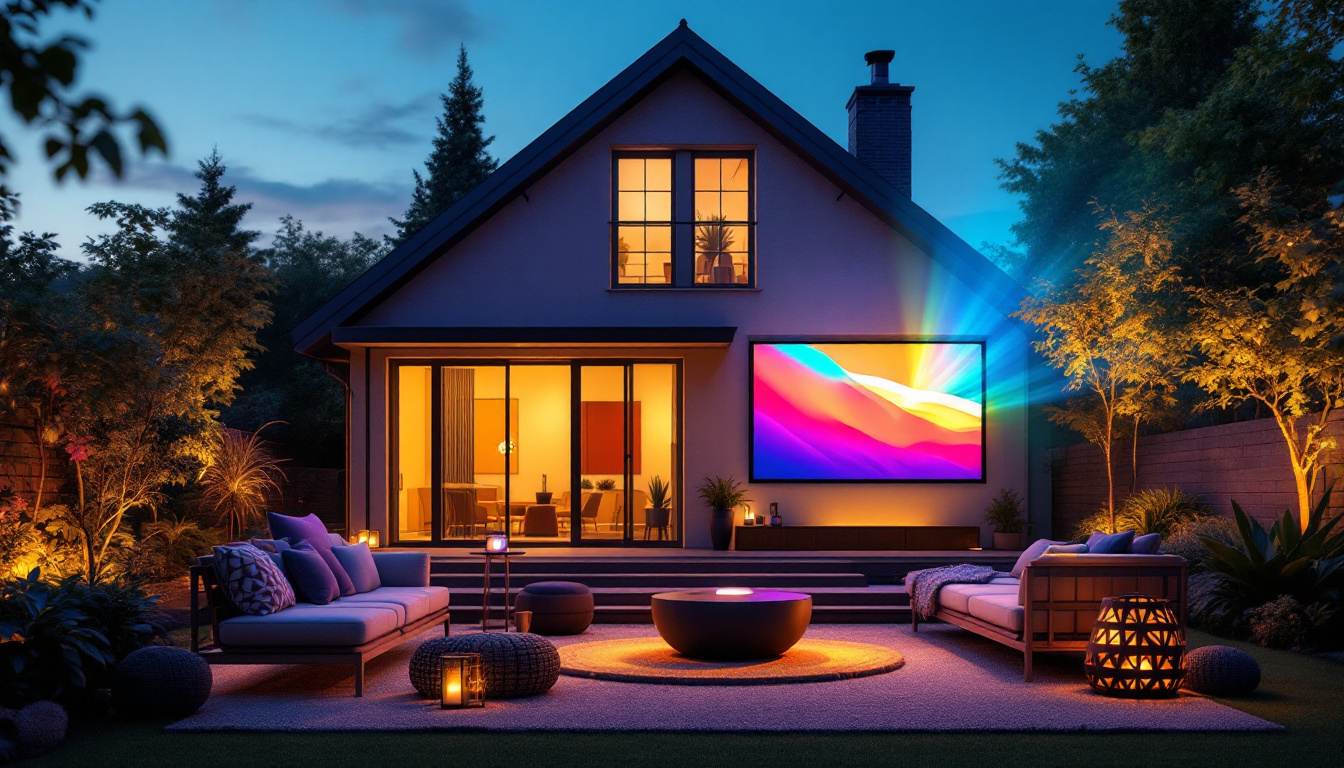In today’s digital age, LED display boards have become an integral part of advertising, information dissemination, and entertainment. These vibrant screens are not just a technological marvel; they are a powerful tool that can capture attention and convey messages effectively. This article delves into the intricacies of LED display boards, examining their technology, applications, advantages, and future trends.
Understanding LED Technology
Light Emitting Diodes (LEDs) are semiconductor devices that emit light when an electric current passes through them. The technology behind LEDs has evolved significantly, leading to the development of LED display boards that are used in various applications. Initially, LEDs were limited to simple indicators and displays, but advancements in technology have expanded their use into vibrant, full-color displays that can captivate audiences and convey information effectively.
The Basics of LED Displays
LED displays consist of an array of tiny LEDs that work together to create images and videos. These displays can be categorized into two main types: direct view and emissive displays. Direct view displays are made up of individual LEDs that are visible to the naked eye, while emissive displays use a layer of LEDs to illuminate a surface. The choice between these types often depends on the intended use, as each has its own advantages in terms of brightness, clarity, and viewing angles.
Each pixel on an LED display is made up of red, green, and blue (RGB) diodes. By adjusting the intensity of each color, a wide spectrum of colors can be produced, allowing for high-quality images and videos. This RGB model is fundamental to understanding how LED displays create vibrant visuals. Additionally, the rapid response time of LEDs allows for dynamic content, such as animations and videos, to be displayed seamlessly, enhancing the viewer’s experience.
Types of LED Display Boards
LED display boards come in various forms, each suited for different applications. The most common types include:
- Indoor LED Displays: These are designed for use in enclosed spaces and typically have a higher pixel density, resulting in sharper images. They are commonly used in retail environments, conference rooms, and entertainment venues. The clarity and brightness of indoor displays make them ideal for presentations and advertising, where capturing attention is crucial.
- Outdoor LED Displays: Built to withstand weather conditions, outdoor displays are more robust and have lower pixel density. They are often used for billboards, stadiums, and public information displays. These displays are engineered to be visible even in direct sunlight, ensuring that messages are communicated effectively regardless of the environment.
- Transparent LED Displays: These innovative displays allow light to pass through, making them ideal for storefronts and exhibitions where visibility is essential. By blending digital content with the physical environment, transparent displays create a unique shopping experience, allowing customers to view products behind the screen while still engaging with dynamic advertising.
Furthermore, advancements in LED technology have led to the emergence of flexible LED displays, which can be bent and shaped to fit various surfaces. This flexibility opens up new possibilities for creative installations in art, architecture, and design, allowing for immersive experiences that captivate audiences. As the technology continues to evolve, we can expect even more innovative applications that push the boundaries of visual communication.
Applications of LED Display Boards
The versatility of LED display boards makes them suitable for a wide range of applications across various industries. Their ability to deliver dynamic content in real-time has revolutionized how information is shared and consumed.
Advertising and Marketing
One of the most prominent uses of LED display boards is in advertising. Businesses leverage the visual appeal of LED screens to attract customers and promote their products or services. High-resolution displays can showcase videos, animations, and vibrant graphics, making advertisements more engaging.
Moreover, LED displays can be updated remotely, allowing businesses to change their marketing messages instantly. This flexibility enables companies to respond to market trends and seasonal promotions effectively.
Public Information and Transportation
LED display boards play a crucial role in public information systems, particularly in transportation hubs. Airports, train stations, and bus terminals utilize LED screens to provide real-time updates on schedules, delays, and directions. The clarity and visibility of LED displays ensure that travelers receive timely and accurate information.
In addition to transportation, LED boards are also used in public spaces for announcements, event information, and emergency alerts. Their ability to convey important messages quickly makes them invaluable in crisis situations.
Entertainment and Events
In the entertainment industry, LED display boards are a staple at concerts, festivals, and sporting events. These displays enhance the audience experience by providing visual effects, live feeds, and interactive content. The large size and brightness of outdoor LED screens make them ideal for large crowds, ensuring that everyone can enjoy the show.
Furthermore, LED technology has transformed stages and venues, allowing for creative lighting and visual storytelling that captivates audiences. This dynamic use of LED displays has become a hallmark of modern entertainment.
Advantages of LED Display Boards
The popularity of LED display boards can be attributed to their numerous advantages over traditional display technologies. Understanding these benefits can help businesses and organizations make informed decisions when investing in display solutions.
High Visibility and Brightness
One of the standout features of LED displays is their brightness. Unlike traditional screens, LED displays can maintain visibility even in direct sunlight, making them ideal for outdoor use. This high level of brightness ensures that messages are easily seen, regardless of environmental conditions.
Additionally, LED displays offer excellent contrast ratios, which enhance the clarity and vibrancy of images. This feature is particularly important for advertising and marketing, where capturing attention is paramount.
Energy Efficiency
LED technology is known for its energy efficiency. LED display boards consume significantly less power compared to traditional LCD or plasma screens. This reduced energy consumption not only lowers operating costs but also contributes to a smaller carbon footprint, making LED displays a more environmentally friendly option.
Moreover, advancements in LED technology continue to improve energy efficiency, making these displays an increasingly sustainable choice for businesses looking to reduce their environmental impact.
Longevity and Durability
LED display boards are designed to last. With a lifespan of up to 100,000 hours, they outlast many other display technologies. This longevity translates into lower maintenance costs and reduced frequency of replacements.
Additionally, outdoor LED displays are built to endure harsh weather conditions, including rain, snow, and extreme temperatures. This durability ensures that they remain operational in various environments, providing reliable performance over time.
Challenges and Considerations
While LED display boards offer numerous advantages, there are also challenges and considerations that potential users should be aware of. Understanding these factors can help organizations make informed decisions about their display needs.
Initial Investment Costs
The initial cost of purchasing and installing LED display boards can be significant. While prices have decreased over the years, high-quality displays still represent a considerable investment for businesses. Organizations must weigh the long-term benefits against the upfront costs to determine if LED displays are the right choice for their needs.
However, it is essential to consider the return on investment (ROI) that LED displays can provide through increased visibility, customer engagement, and advertising effectiveness. In many cases, the benefits outweigh the initial expenditure.
Technical Expertise and Maintenance
Operating and maintaining LED display boards requires a certain level of technical expertise. Organizations may need to invest in training staff or hiring professionals to ensure that the displays function optimally. Regular maintenance is also essential to keep the displays in good condition and to address any technical issues that may arise.
Fortunately, many manufacturers offer support and maintenance services, which can alleviate some of the burdens on organizations. Choosing a reputable supplier can make a significant difference in the overall experience of using LED displays.
The Future of LED Display Technology
The future of LED display technology is bright, with ongoing advancements that promise to enhance their capabilities further. As technology evolves, so too will the applications and functionalities of LED displays.
Innovations in Display Technology
Emerging technologies such as MicroLED and MiniLED are set to revolutionize the display industry. These innovations promise higher resolutions, improved color accuracy, and even greater energy efficiency. MicroLED displays, for instance, use microscopic LEDs to create images, resulting in exceptional picture quality and flexibility in design.
Additionally, advancements in flexible and curved LED displays are opening new possibilities for creative installations in architecture and advertising. These innovations allow for unique designs that can fit various spaces and applications.
Integration with Smart Technologies
The integration of LED displays with smart technologies is another trend to watch. The rise of the Internet of Things (IoT) is enabling LED displays to connect with other devices and systems, allowing for more interactive and personalized experiences.
For example, smart LED displays can adapt their content based on real-time data, such as audience demographics or environmental conditions. This level of interactivity enhances engagement and ensures that messages are relevant to viewers.
Conclusion
LED display boards have transformed the way information is shared and consumed across various industries. Their vibrant visuals, energy efficiency, and versatility make them an attractive option for businesses and organizations looking to enhance their communication strategies.
As technology continues to advance, the future of LED displays looks promising, with innovations that will further expand their capabilities and applications. By understanding the technology, advantages, and potential challenges of LED display boards, organizations can make informed decisions that align with their goals and objectives.
In a world where capturing attention is more critical than ever, LED display boards stand out as a powerful tool for effective communication and engagement.
Discover LumenMatrix LED Display Solutions
Ready to elevate your visual communication strategy with the latest in LED display technology? LumenMatrix is at the forefront of innovation, offering a diverse range of LED display solutions tailored to your needs. From Indoor and Outdoor LED Walls to specialized displays for vehicles, sports, and custom installations, we provide the tools to make your brand shine. Experience the future of engagement with our All-in-One and Transparent LED Displays. Check out LumenMatrix LED Display Solutions today and transform the way you connect with your audience.

